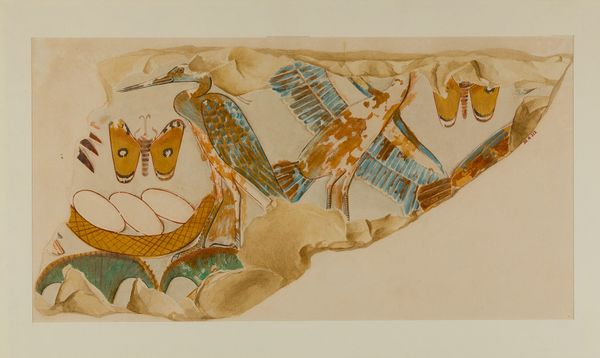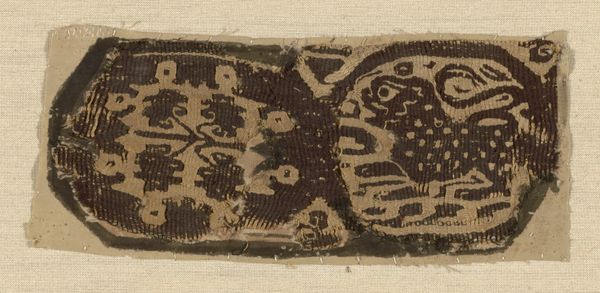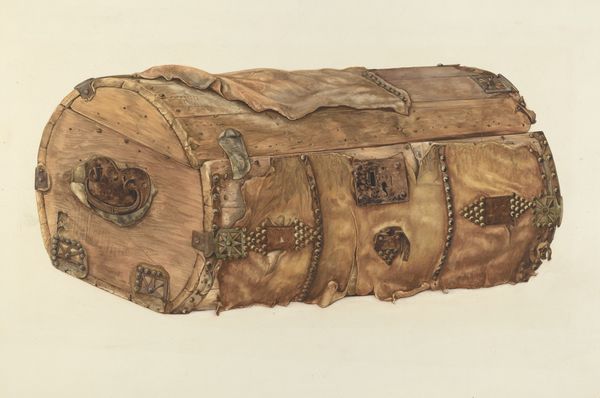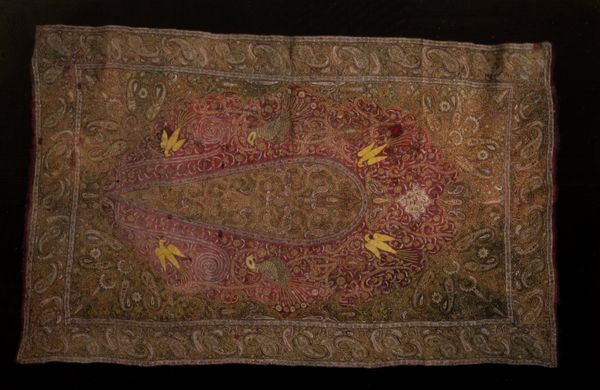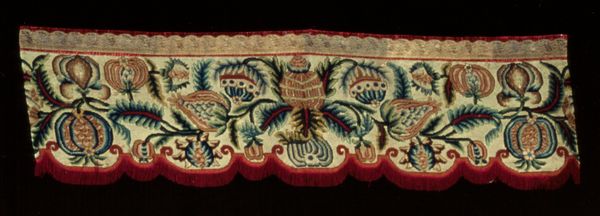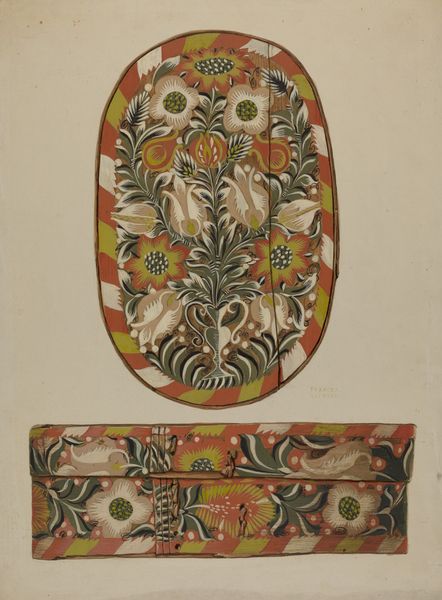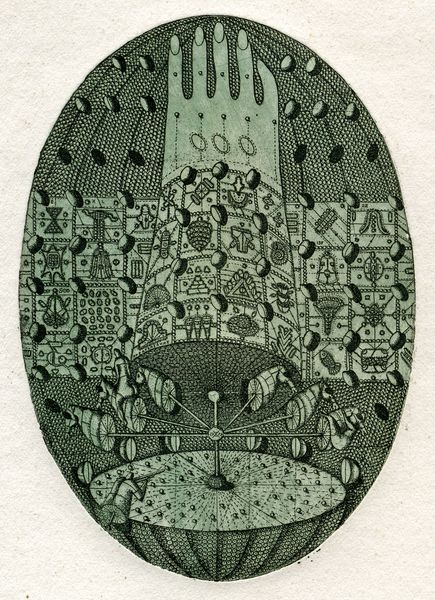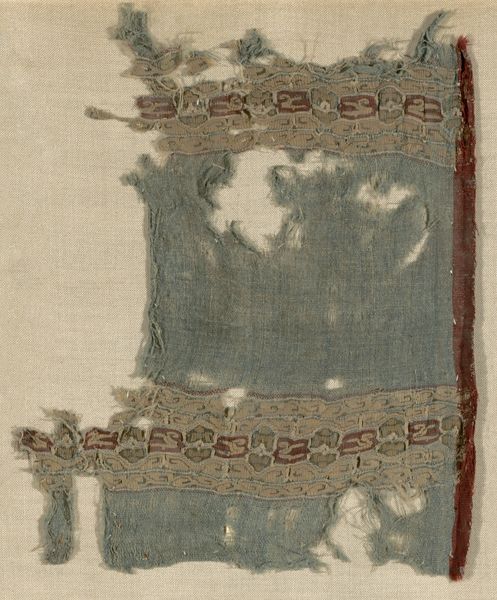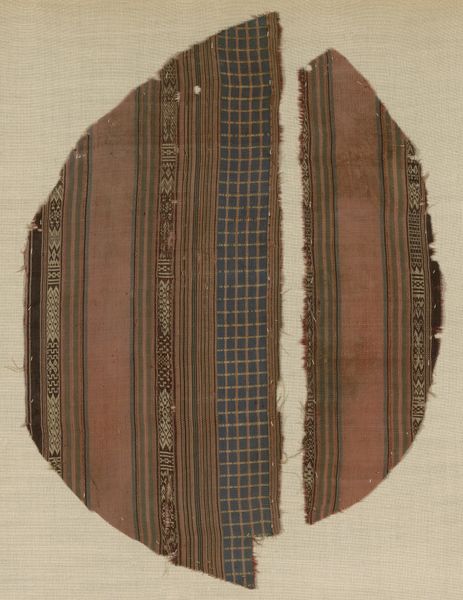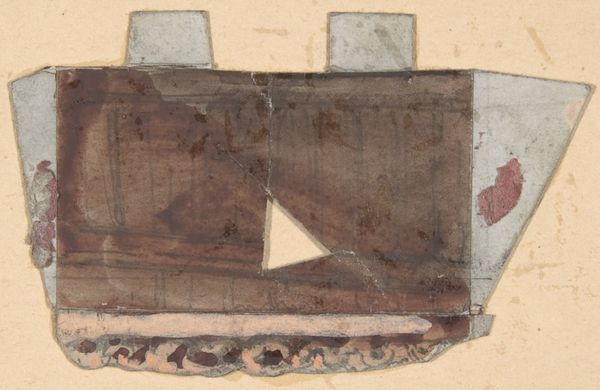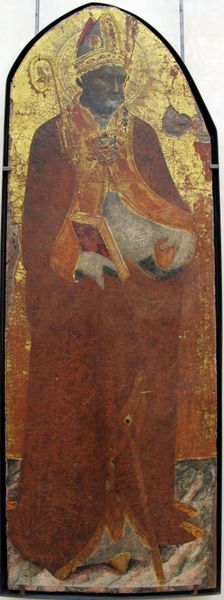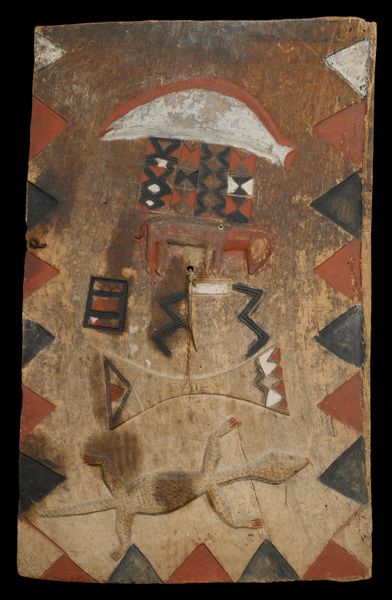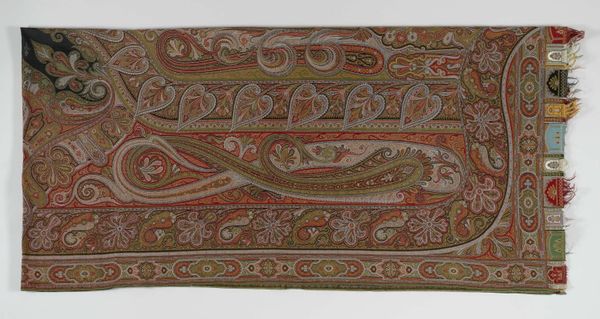
Case (Inrō) with Design of Basket of Persimmons (obverse); Monkey Eating Persimmon (reverse) 19th century
0:00
0:00
ceramic, earthenware
#
asian-art
#
ceramic
#
ukiyo-e
#
figuration
#
earthenware
#
fruit
#
orientalism
#
ceramic
#
earthenware
#
decorative-art
#
decorative art
#
miniature
Dimensions: 3 1/8 x 3 1/8 x 13/16 in. (7.9 x 8 . 2.1 cm)
Copyright: Public Domain
This Inrō case, crafted by Mori Sosen, presents a delightful scene of nature through the pairing of a monkey with a basket of persimmons. In Japanese art, the monkey often symbolizes cleverness and protection against evil, whereas persimmons, with their vibrant color, represent joy and longevity. Observe how the motif of the monkey recurs throughout art history. From ancient Chinese scrolls to contemporary works, the monkey embodies human-like qualities, mirroring our own follies and virtues. In some cultures, it's even seen as a sacred creature, bridging the gap between the human and animal worlds. The persistence of this image speaks to our collective fascination with primates as reflections of ourselves. The image of the monkey eating the persimmon speaks to a powerful, subconscious level. Like the ouroboros, this emblem of the monkey will continually reappear throughout our symbolic language.
Comments
No comments
Be the first to comment and join the conversation on the ultimate creative platform.
